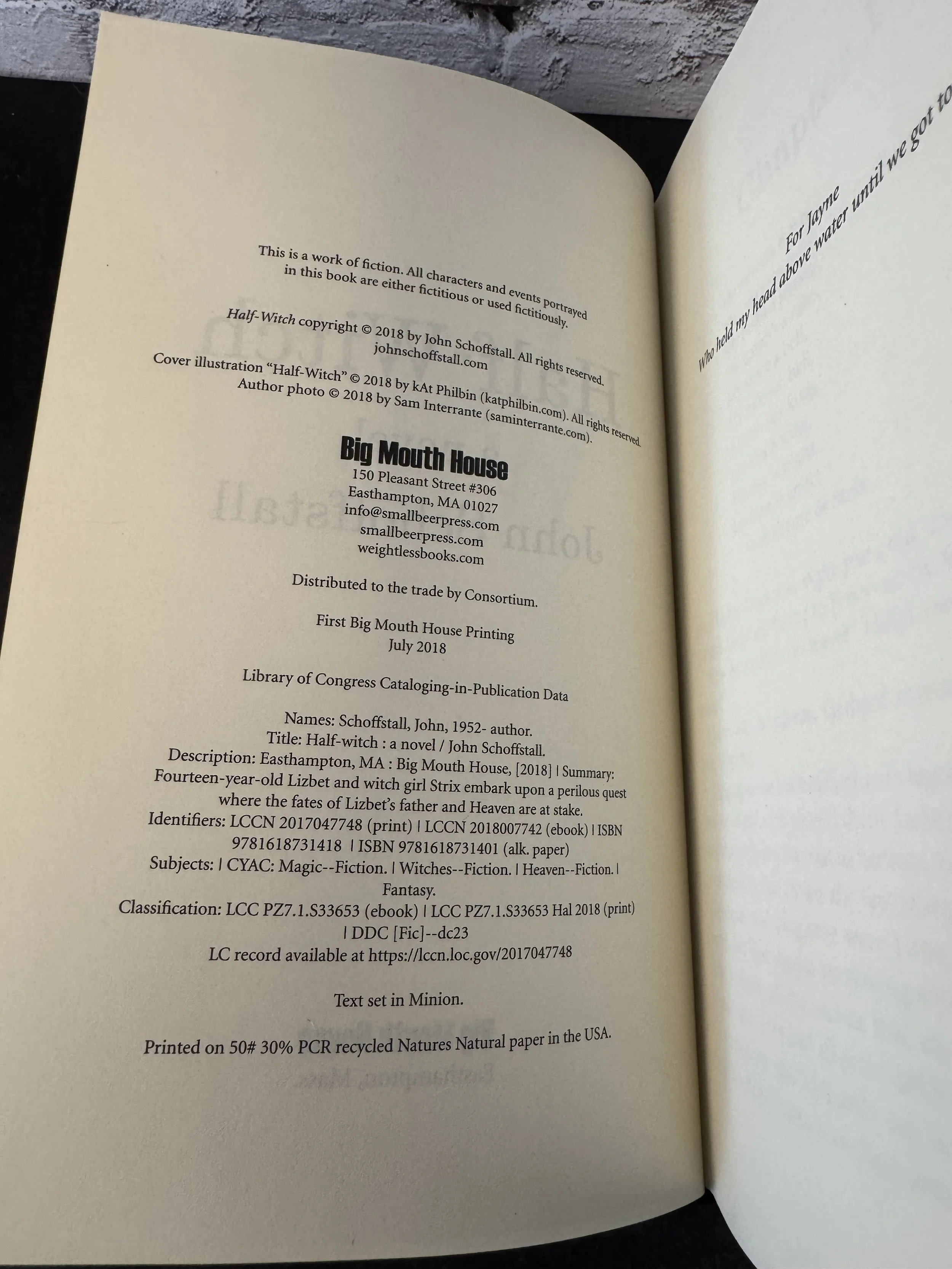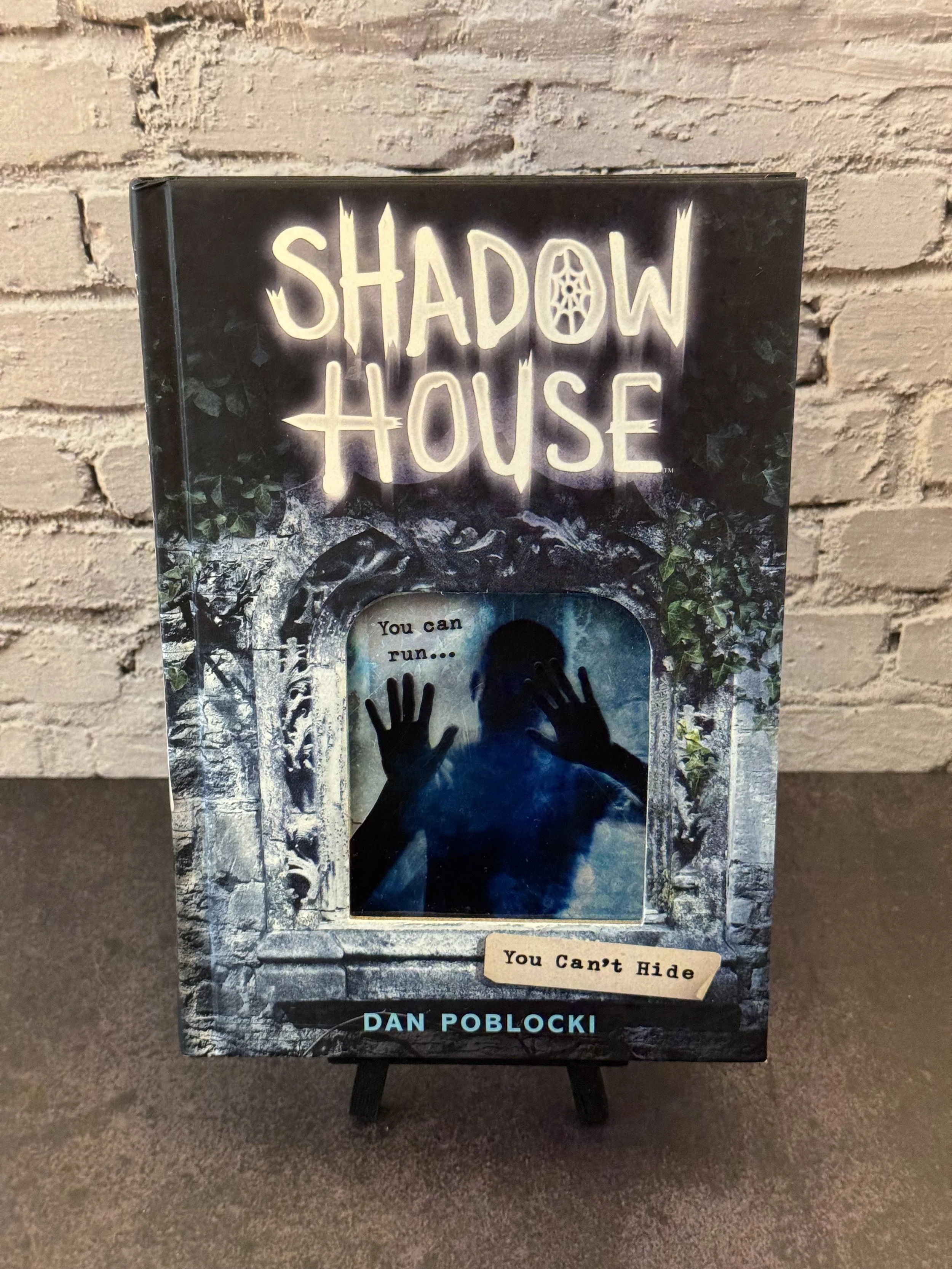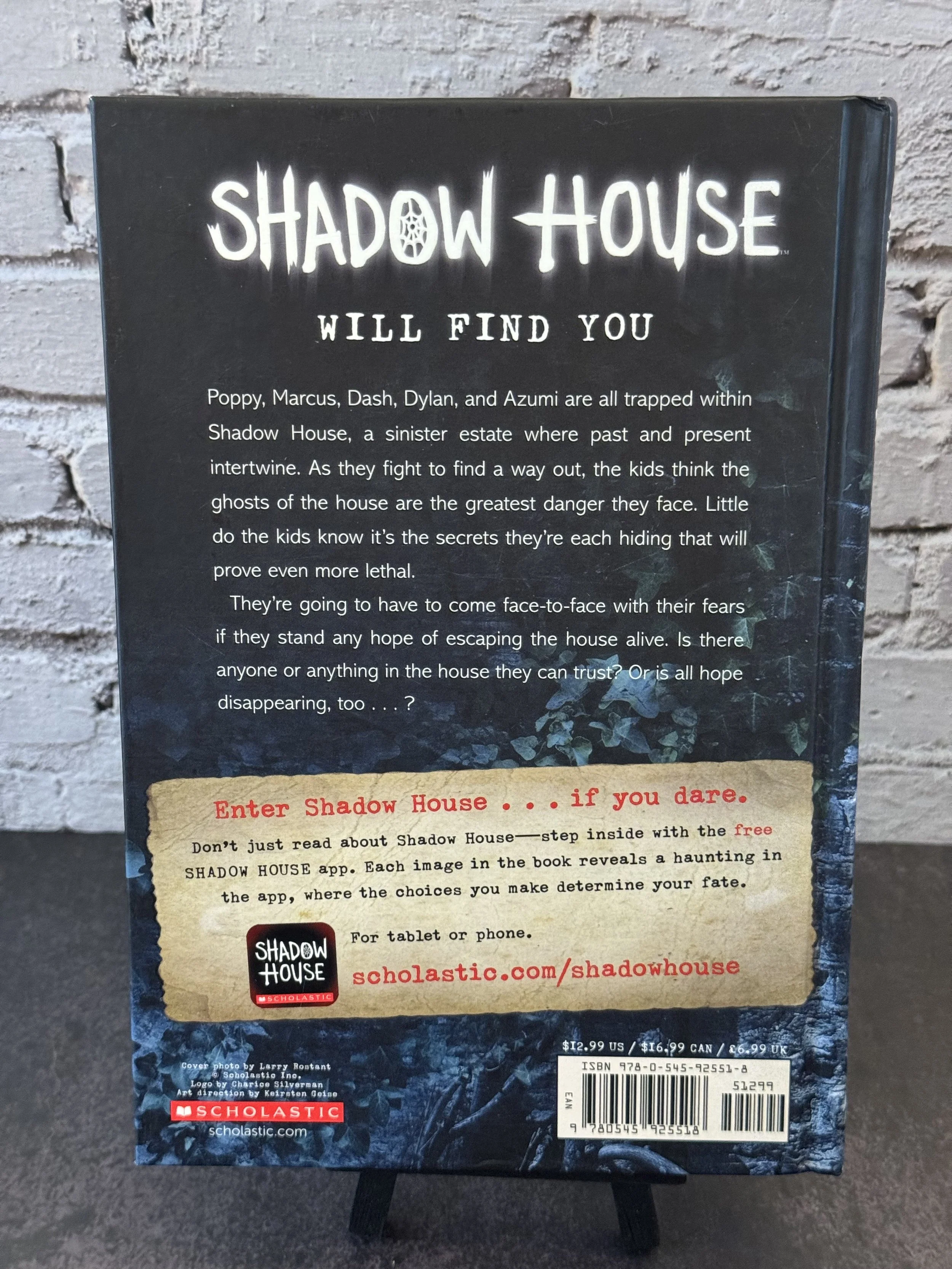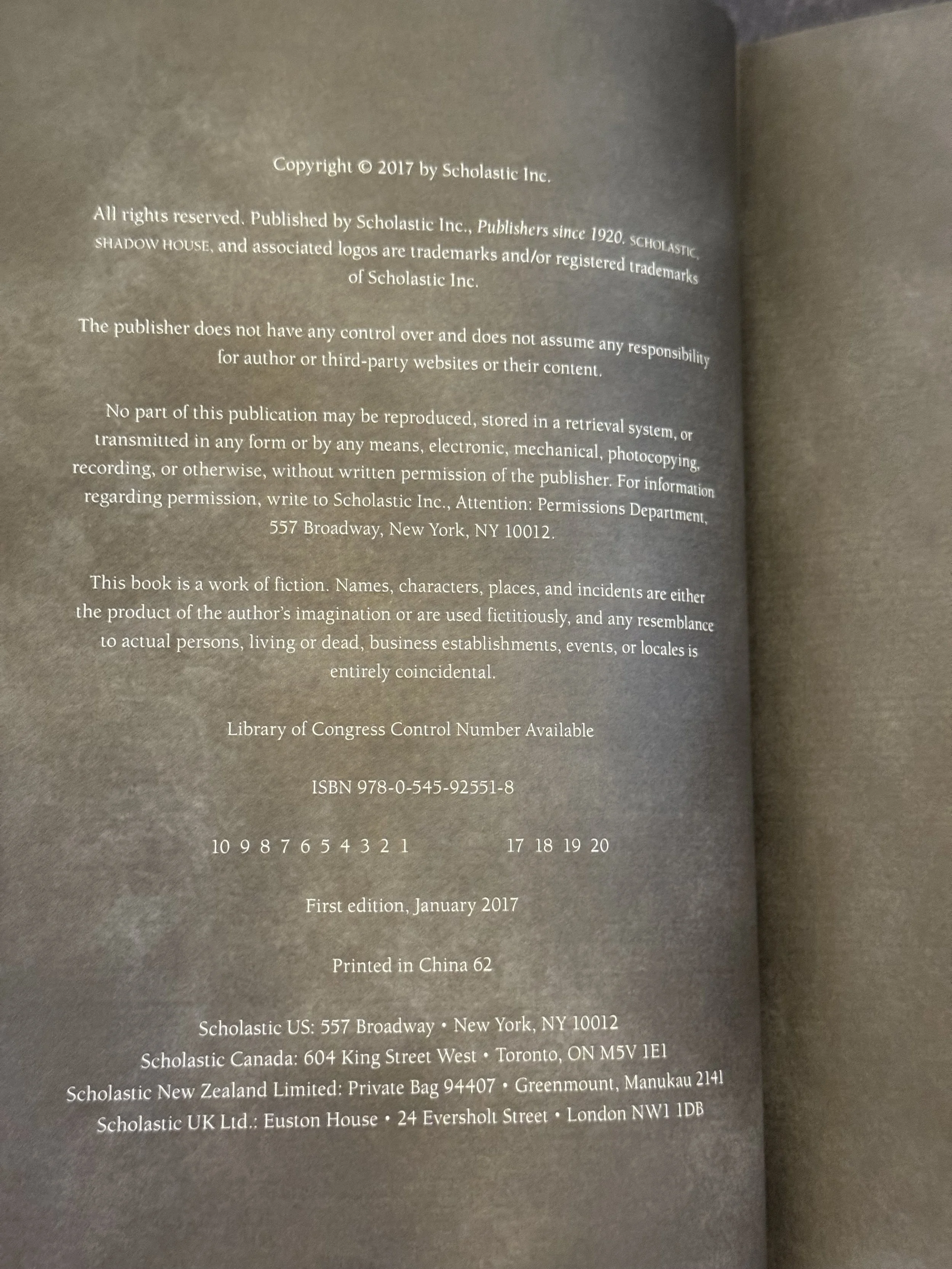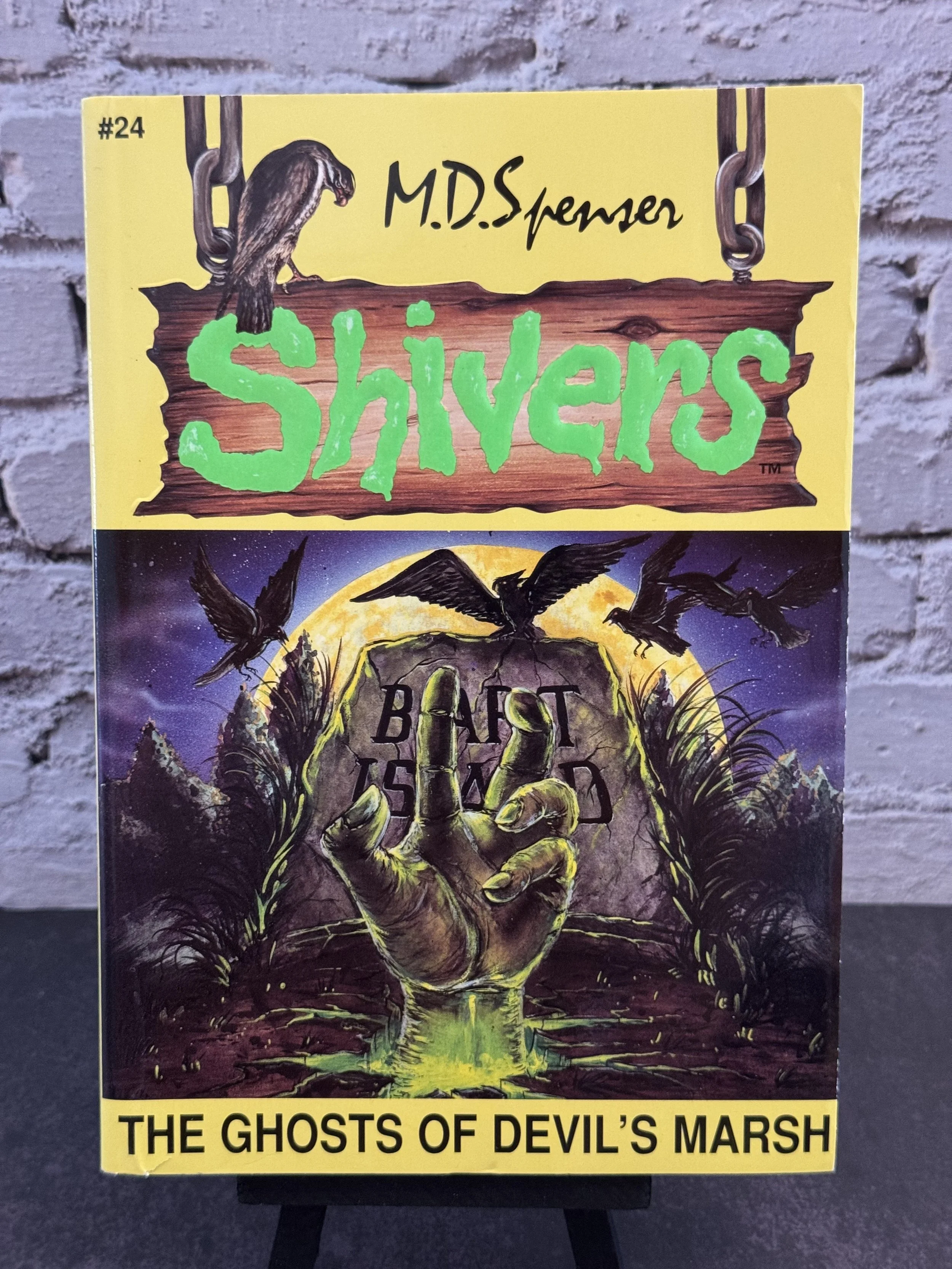 Image 1 of 5
Image 1 of 5

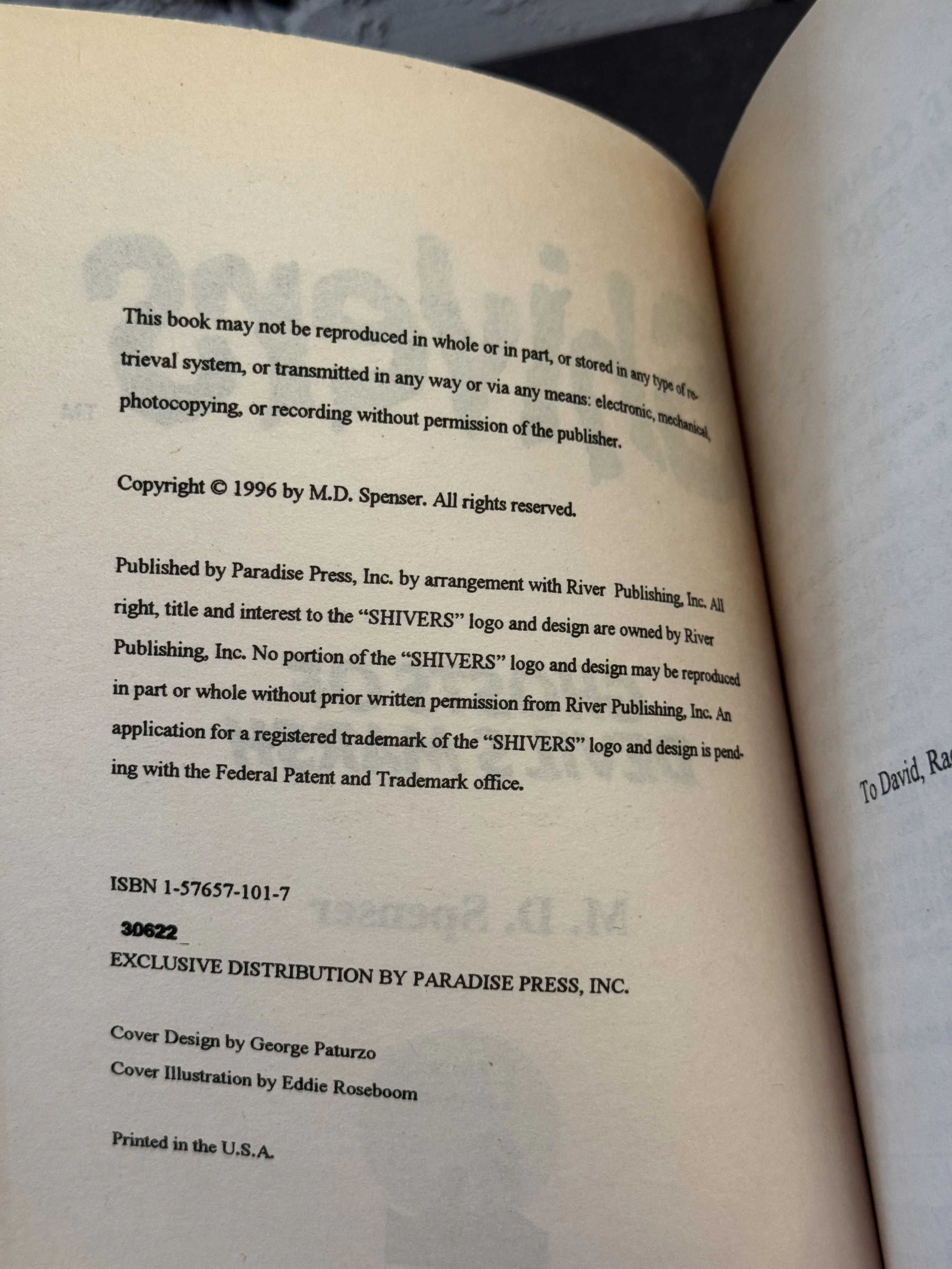 Image 2 of 5
Image 2 of 5

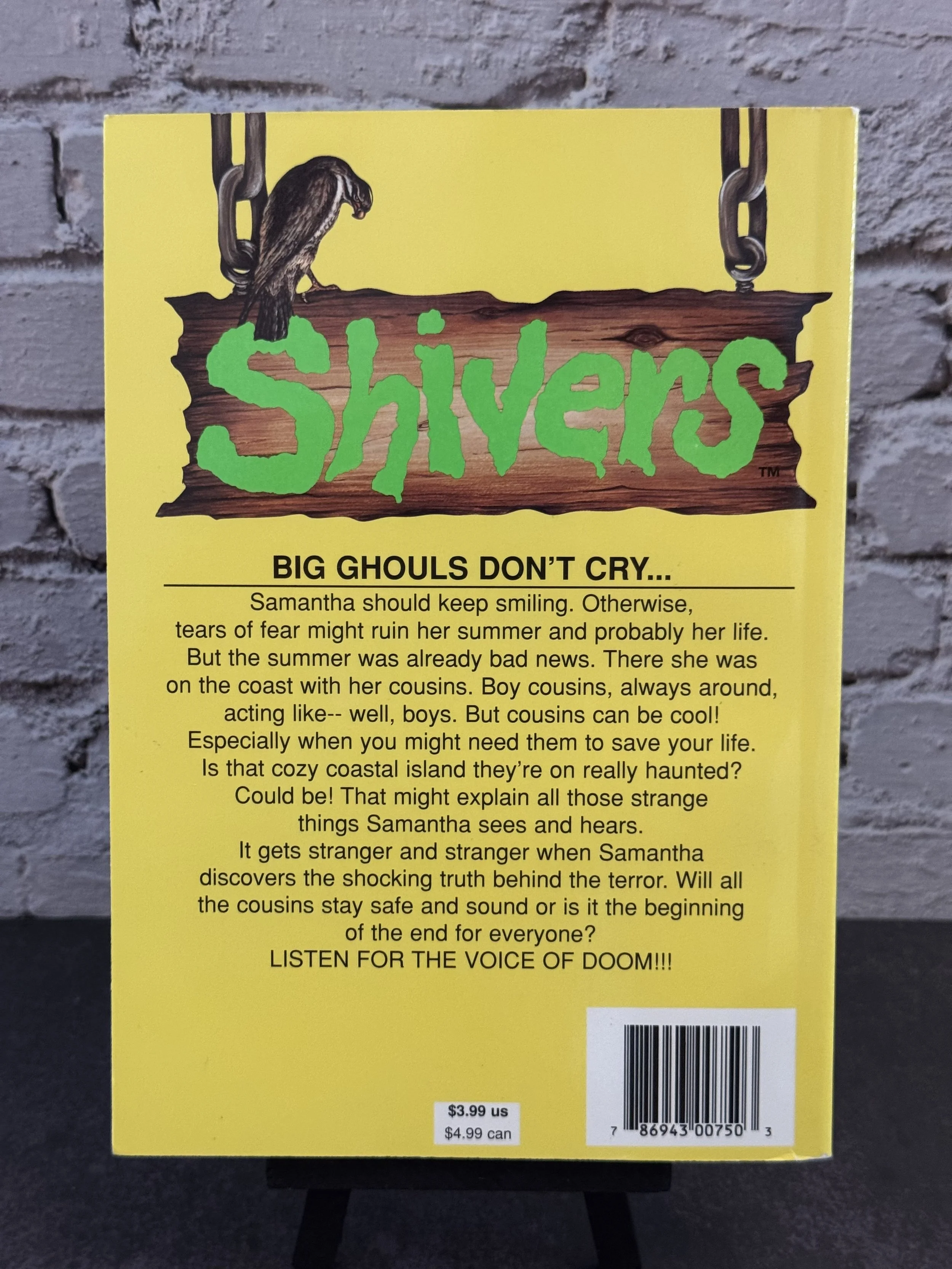 Image 3 of 5
Image 3 of 5

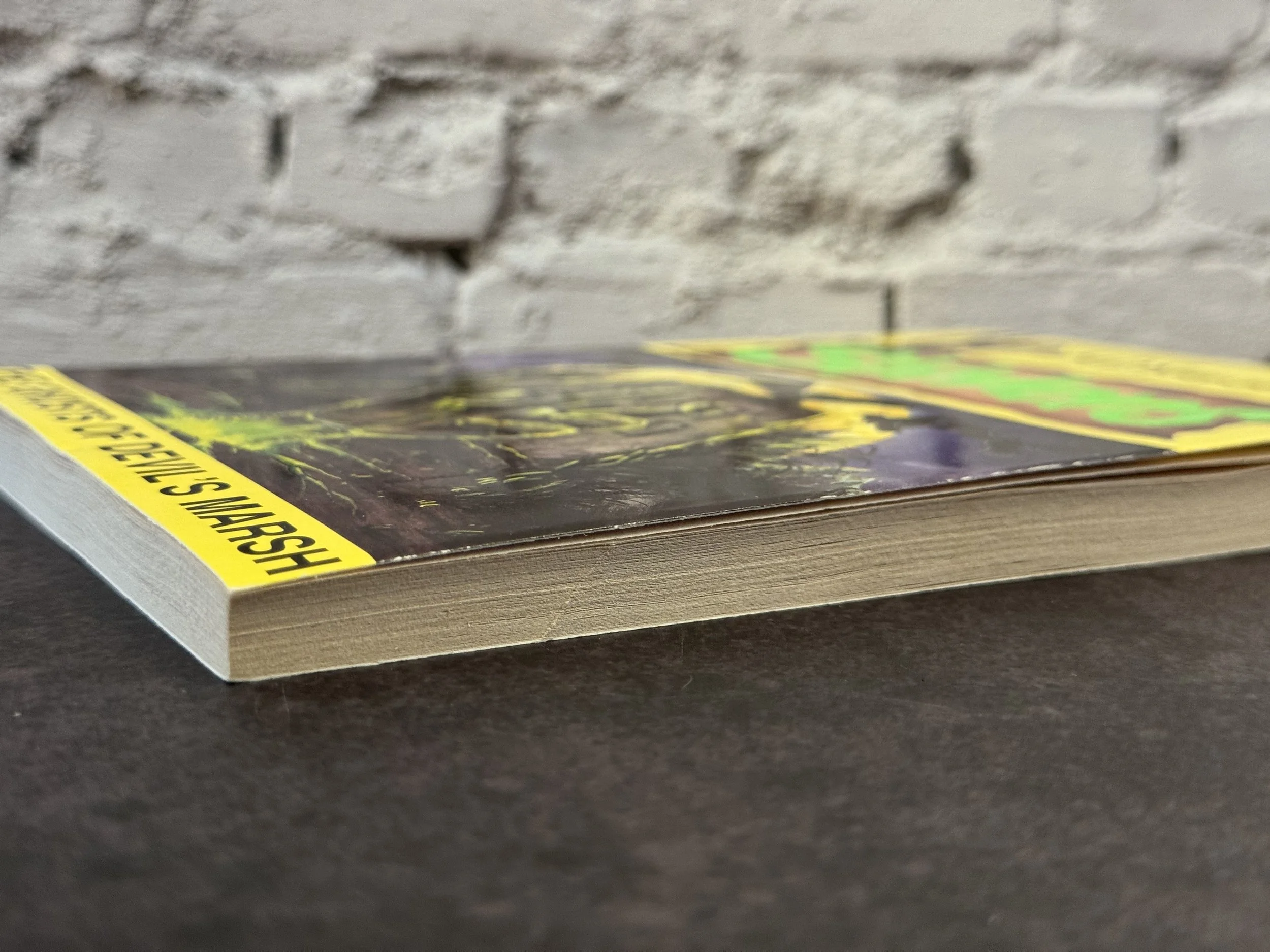 Image 4 of 5
Image 4 of 5

 Image 5 of 5
Image 5 of 5






Shivers #24 - The Ghosts of Devil's Marsh (1998, Paradise Press First Print)
Deep in Devil's Marsh, the past never stays buried. When a group of kids discovers an old gravestone marked “Bart Island,” they awaken something ancient and vengeful beneath the swamp. With eerie mist, ghostly hands, and dark birds circling overhead, this Shivers installment delivers classic 1990s paperback horror nostalgia and full force - perfect for Goosebumps-era collectors and fans of vintage Scholastic-style scares.
This is an authentic first-print U.S. edition published by Paradise Press in 1998, featuring that unforgettable cover art with the hand reaching from the grave and the classic green Shivers logo.
The Shivers series was a cult-favorite paperback horror line written primarily by M.D. Spenser and published between 1996 and 1998 by Paradise Press (a small U.S. imprint aimed at younger readers). It was essentially the scrappier cousin to R.L. Stine’s Goosebumps - grittier covers, slightly darker plots, and a noticeably smaller print run, which makes the books harder to find today.
Deep in Devil's Marsh, the past never stays buried. When a group of kids discovers an old gravestone marked “Bart Island,” they awaken something ancient and vengeful beneath the swamp. With eerie mist, ghostly hands, and dark birds circling overhead, this Shivers installment delivers classic 1990s paperback horror nostalgia and full force - perfect for Goosebumps-era collectors and fans of vintage Scholastic-style scares.
This is an authentic first-print U.S. edition published by Paradise Press in 1998, featuring that unforgettable cover art with the hand reaching from the grave and the classic green Shivers logo.
The Shivers series was a cult-favorite paperback horror line written primarily by M.D. Spenser and published between 1996 and 1998 by Paradise Press (a small U.S. imprint aimed at younger readers). It was essentially the scrappier cousin to R.L. Stine’s Goosebumps - grittier covers, slightly darker plots, and a noticeably smaller print run, which makes the books harder to find today.






